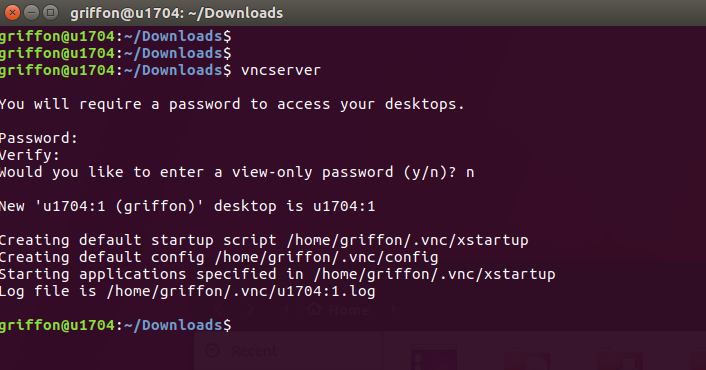

Now you have to set the VNC password for the user you specified in the file above. To make the changes to the configuration file take effect, run the following command: systemctl daemon-reload Setup User with vncpasswd NOTE: Change to the username of the account who will be logging into the system. # Clean any existing files in /tmp/.X11-unix environmentĮxecStartPre=/bin/sh -c ‘/usr/bin/vncserver -kill %i > /dev/null 2>&1 || :’ĮxecStart=/sbin/runuser -l -c “/usr/bin/vncserver %i”ĮxecStop=/bin/sh -c ‘/usr/bin/vncserver -kill %i > /dev/null 2>&1 || :’ Now we have to edit the /etc/systemd/system/ file and at minimum must change the USER name who will be connecting to the VNC server. cp /lib/systemd/system/ /etc/systemd/system/ When you install tigervnc it creates a sample configuration file in /lib/systemd/system that is called It is best to copy this file and edit it to meet your needs. Use yum to install tigervnc-server package: yum install tigervnc-server Copy Sample Configuration and Edit

#Tigervnc windows 7 how to#
Let’s install and configure VNC for a single user, then we will cover how to install VNC for multiple users. In CentOS 7 (or RHEL 7) the default VNC server is tigervnc. How can I install and configure a VNC server on my CentOS 7 system so I can “Remote Desktop” into it?Ī: This can be done easily with the some basic software. I have done some reading and understand I need to use VNC for this. Q: I am coming from the Windows world where I am used to using Remote Desktop to access my systems on the network.


 0 kommentar(er)
0 kommentar(er)
